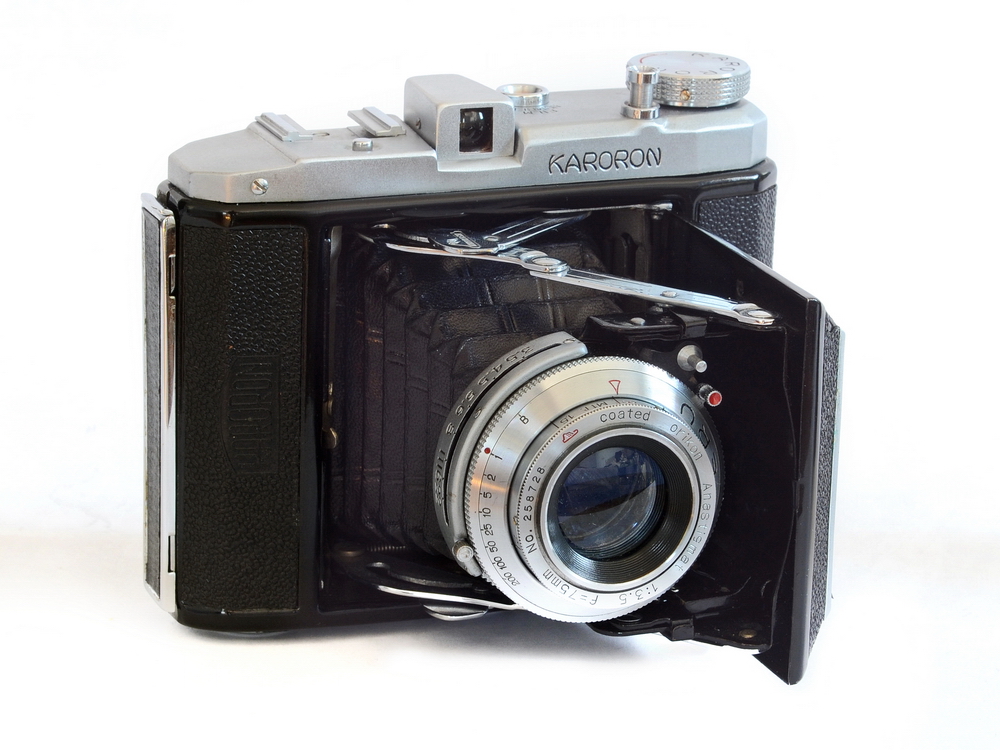 The Kuribayashi Karoron is a bit of a mystery camera. I first heard about the brand because of my dad. While serving in the Korean war, he spent a little time in Tokyo, where he purchased a Karoron. Much later, that camera found its way into my collection and once I got it working again, it delivered some very pleasing results.
The Kuribayashi Karoron is a bit of a mystery camera. I first heard about the brand because of my dad. While serving in the Korean war, he spent a little time in Tokyo, where he purchased a Karoron. Much later, that camera found its way into my collection and once I got it working again, it delivered some very pleasing results.
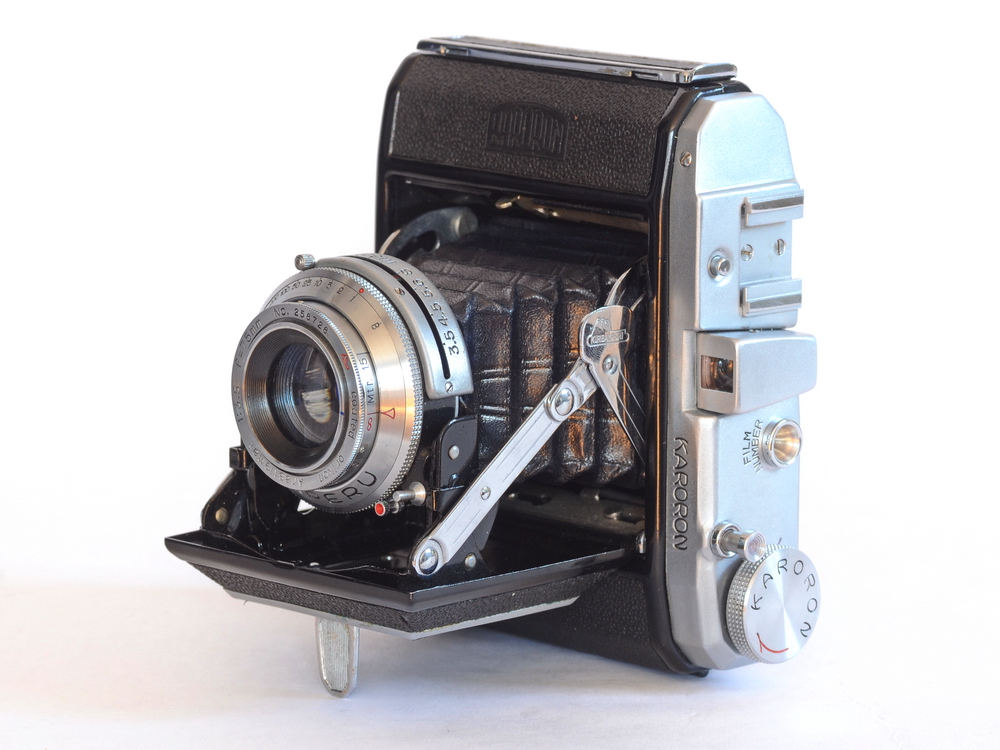
Like many folders, the Karoron has a small foot that clicks into place, allowing the user to place the camera on a flat surface in its landscape orientation.
Eventually dad’s camera developed a problem I couldn’t repair, but I was happy enough with the camera’s form factor and capabilities that I went hunting for a replacement. Interestingly, I never did find a model that was an exact match for dad’s and ended up settling on one that was very similar.
So what are we dealing with here? The Karoron is a folding medium format camera that yields 16, 6 × 4.5 cm frames per roll — the “645” format. Neither my dad’s original or its replacement sports anything so extravagant as a model number, but both utilize the same Carperu shutter (with speeds of 1/200 to 1 second plus a bulb setting) and 75mm f/3.5 “coated Orikon Anastigmat” lens that is apparently a Tessar-based design. Focusing is scale only. If I had to guess, I’d say that my “new” Karoron is either more recent or more deluxe than the one my dad purchased, which lacks a frame counter but is otherwise the same.
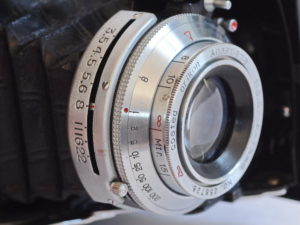 So far as I’ve been able to glean, there’s only been three different Karorons. There’s the one my dad bought, which is apparently known as the Karoron S; one with an uncoupled rangefinder (the Karoron RF, which also bore the Petri name) and my recent acquisition, which apparently is known only as a Karoron.
So far as I’ve been able to glean, there’s only been three different Karorons. There’s the one my dad bought, which is apparently known as the Karoron S; one with an uncoupled rangefinder (the Karoron RF, which also bore the Petri name) and my recent acquisition, which apparently is known only as a Karoron.
This straight Karoron is the one that pops up most often on eBay and elsewhere. Indeed, my dad’s camera is the only example I’ve seen of the more basic version. Karorons were made starting in 1949 and seemed to have wrapped up production only two years later. (For a more complete history of the company, zip over to Mike Eckman’s excellent site.)
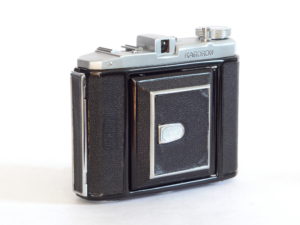
All folded up and ready to go. In this configuration, the camera measures roughly 4.75 x 3.75 x 1.5 inches.
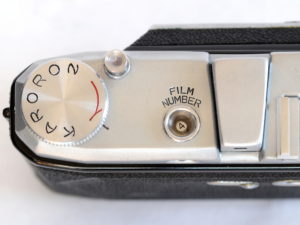
The top plate features a frame counter, next to the viewfinder. The shutter release button is next to the film advance knob, both on the left side of the camera.
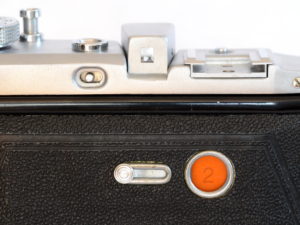
The counter reset is the small switch below and to the left of the view finder. The Karoron also has the traditional red window for keeping track of the frame number.
Interesting history aside, there’s a lot to like about this camera. It seems very solidly built and is the most compact medium-format camera in my collection. It easily slips into a jacked pocket, though its 554 gram weight means you’ll definitely know it’s there.
The frame counter puts a little less space between shots than you’d get by keeping track of the numbers printed on the film’s backing paper, which you view through the usual red window in the film door.
Interestingly it’s possible to get 17 frames out of a roll of Ektar 100 with this camera. (This may be true for other film as well, but there is some variance in the length of film you get with different brands.) To get that bonus frame, keep track with the red window (or the camera’s frame counter) and after you’ve exposed frame #16, push the little counter reset lever on the back of the camera. This sets the frame counter back to 1. To claim your 17th frame, simply advance the film until the 2 is just fully in the little frame counter window. I’m not aware of another camera that lets you get 17 frames from a roll, so that’s a nice point in favour of the Karoron.
What’s not to like? Very little. The biggest performance issue is that Orikon lens vignettes a bit in the extreme corners of the frame — something you can see in shots that include a lot of sky. If you’re a fan of fast film, you may also find the camera’s maximum shutter speed (1/200) a bit limiting.
It’s also not the quickest camera going — you have to manually cock the shutter for each shot and remember to advance the film since there’s no double-exposure interlock protection. The fact that the camera’s default orientation is portrait (not unusual for 645 cameras) and that the shutter release on the left side of the top plate both take a bit of getting used to.
 But be honest, this is really nit-picking. If you’re okay with scale focusing and using a light meter (or are adept at “Sunny 16”) you’ll get on well with the Karoron. It’s a nice camera that produces very good results. If you have room in your photography arsenal for a very compact medium-format camera, the Karoron definitely merits consideration.
But be honest, this is really nit-picking. If you’re okay with scale focusing and using a light meter (or are adept at “Sunny 16”) you’ll get on well with the Karoron. It’s a nice camera that produces very good results. If you have room in your photography arsenal for a very compact medium-format camera, the Karoron definitely merits consideration.
For sample photos, click here.
Did you find this article interesting or helpful? If so, consider using this link the next time you shop at Amazon.com. Better yet, bookmark it for future use. Thanks to Amazon’s associates program, doing so costs you nothing yet helps keep this site up and running. Thanks!

 Subscribe with RSS
Subscribe with RSS

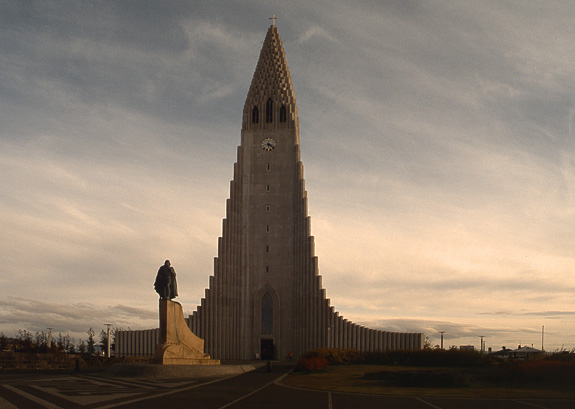

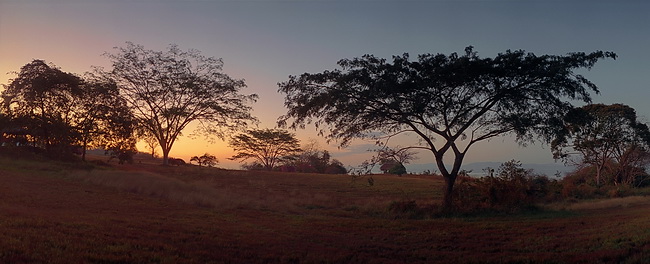
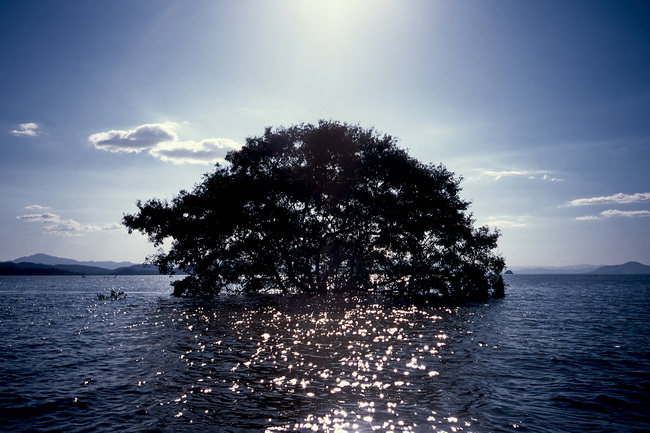

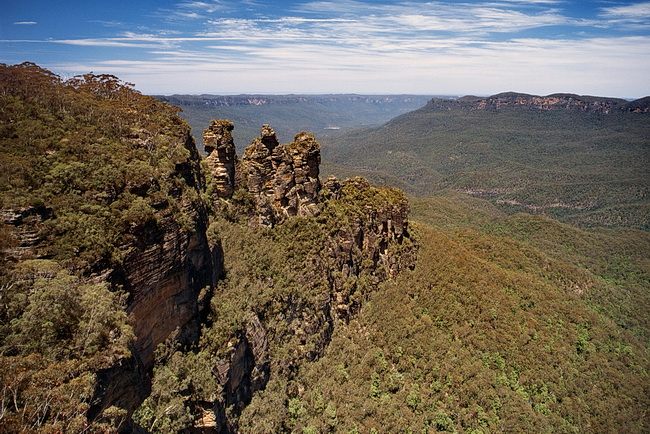
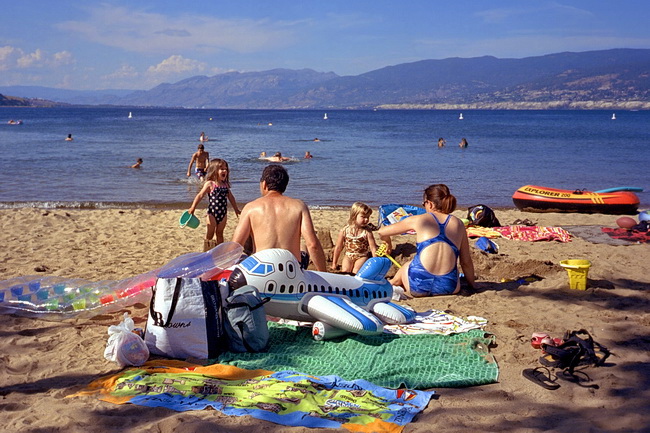
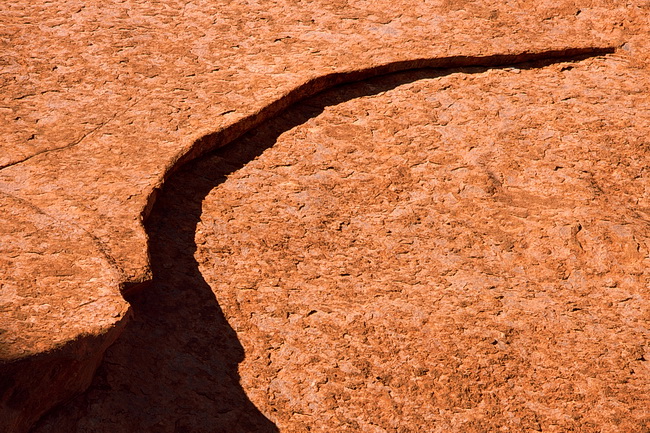
Gary,
Thanks for your thoughts on the Karoron. Your camera looks like it’s in good shape. I was wondering which model you had… it seems that yes, the scale focus model had the frame counter, but the RF version did not. I guess they needed the space on then top plate for the rangefinder, and the frame counter was eliminated. I had thought I saw an example of your shots in B&W, but I guess they’re all in color using the ASA 100 film. I have the RF version and have yet to try it soon, and recently bought some Arista 100 to shoot first. Then I’ll try color. I’m looking forward to seeing what the lens can do. Your “Autumn Glory” was amazing… One question, though… you’ve shot with this folder and others… have you ever had to seal light leaks in the bellows? What did you use?
Hi Bob:
I don’t recall having any trouble with the bellows on the Karorons, but I did on some other folders. I use something called Liquid Electrical Tape by West Marine. Seems to work well.
Gary
Hey Gary!
I recently inherited a Karoron camera from my great-great grandfather who served in WWII. I’ve never used film before and have been doing research on this camera and have a few questions. Is there any safe way to clean the camera? like certain tools or liquids? Also, there is a little knob/hook lever that sticks out on the side, bottom left. What is that? is it the timer? I am deeply concerned and questioned.
Would love to hear back from you!!
I have inherited a camera just like your dads and it seems to be the same model with the counter I haven’t seen a S or any kind of model number. He had also been in Japan during the Korean War. I have offered it to my grandson. I just need to find out about the the film. It is still in a leather case screw in the bottom. I have his binoculars he had bought over there too.
Hi Marsha:
It uses 120 film, which is easily obtained from any large camera retailer or store specializing in film photography. A Google search should turn up lots of options.
Enjoy the camera!
Gary